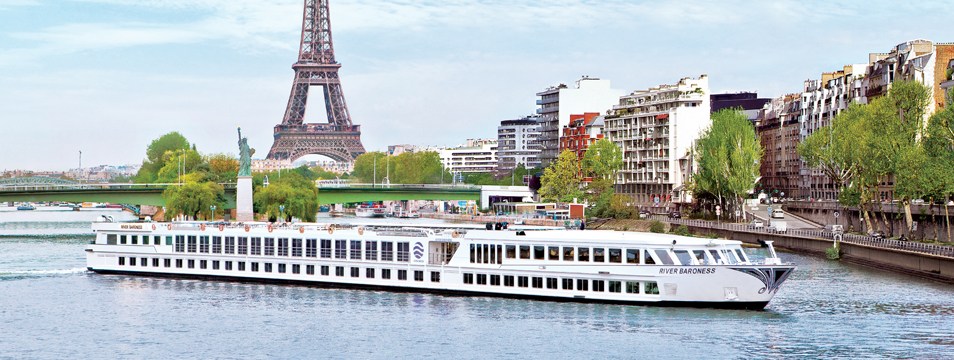Overview
 Article by Carolyn Spencer Brown, Editor in Chief; updated by Ellen Uzelac, Cruise Critic contributor
Article by Carolyn Spencer Brown, Editor in Chief; updated by Ellen Uzelac, Cruise Critic contributor
Having cruised Europe’s oceanside ports — the Mediterranean, the Baltic, the British Isles — I felt like I’d earned a good birds-eye view and a tremendous perspective. I’d spent days in London and Paris, Athens and Helsinki. I’d cruised a lot, so in some cases I was lucky enough to revisit enchanted places, including Edinburgh, Istanbul, Lisbon and Seville.
But what I was missing — and didn’t realize how much — was the rest of Europe! That’s because cruise ships, by and large, stick to the “same old, same old” coastal routes. And yet, much of Europe’s charm is a far distance from the logistical possibilities of a one-day stop at an oceanside port of call. That’s because the rivers and canals that connect some of Europe’s most fascinating cities — Vienna, Budapest, Lyon to name a few — are too small for most cruise ships.
Still, they’re not too small for a flotilla of specially designed river ships and cruise barges. As a niche of cruising, river and canal voyages are an increasingly popular option, particularly for travelers who enjoy the comforts and variety of cruising, but want to see more of the heartland.
River and canal cruising is not limited to Europe, either. Travelers can also sail America’s Columbia, Mississippi and Hudson rivers, among others. One of the fastest-growing destinations for river boats is Asia — in particular, China’s Yangtze, and Vietnam and Cambodia’s Mekong. The Nile in Egypt and the Amazon in South America are also more exotic river cruise destinations.
If you’re interested in an inland cruise, here’s your primer on river and canal cruising.
WHAT TO EXPECT
Wherever you go, river cruising and canal cruising share some similarities. Mealtimes are a major focal point of the day. Itineraries are port-intensive. The experience is more laid-back than on oceangoing voyages, and you’ll get a better feel for the destination since you’re staying within one region, rather than touring entire seas or coastlines. And, you certainly won’t get lost in the crowd.
Here’s what else you can expect:
Onboard, river cruise ships — which rarely hold more than 200 passengers (and generally carry less) — feel like smaller versions of cruise ships. Where they are limited is in onboard features and amenities, particularly in Europe, where ships must be low-slung enough to sail under low-lying bridges. (However, as you’ll see below, the lines are getting more creative about adding amenities that fit within their ships’ size constraints.)
Barges are even smaller: Expect between four and 22 passengers.
On some cruises (this applies particularly to some operators in Europe and China), you can expect to sail with a very international passenger mix.
Itineraries may incorporate major cities as cornerstones, but your experience will focus more on smaller towns and villages than a greatest-hits list of sprawling metropolises.
One big difference between river cruising and ocean cruising: In the former, operators often include shore excursions, typically guided walking tours, in the overall cruise fare. (Double check though, as policies may vary.) Your ship may also carry bicycles onboard for complimentary passenger use in port.
Due to the short distances between ports, full days of river cruising are rare. However, there is usually commentary over the public address system during sails along extra-special river banks, such as the Wachau Valley in Austria and the Iron Gate gorge between Serbia and Romania.
Beyond mealtimes, entertainment onboard may be limited to shuffleboard or book-reading. (We’re serious.) These ships carry no casinos and offer little in the way of evening entertainment, except, perhaps, a piano player or a local act brought onboard to perform.
Inland waterways are much calmer than those on ocean-based trips — great news for those prone to seasickness.
Finally, while these vessels, from river ships to canal barges, are comfortable to be sure, staterooms tend to be smaller and more basic than those on oceangoing vessels. However, the river lines have recently embraced upgraded staterooms and are building ships with elaborate suites and real balconies (as opposed to the French balconies that used to be the best you could get). Because cabin configurations may vary from ship to ship within a fleet, be sure to get all the details on how your stateroom will be set up before you book.



